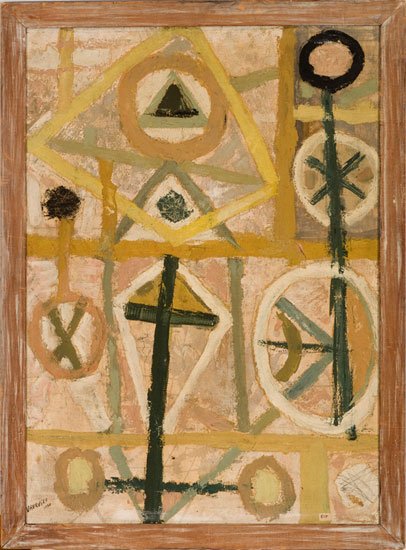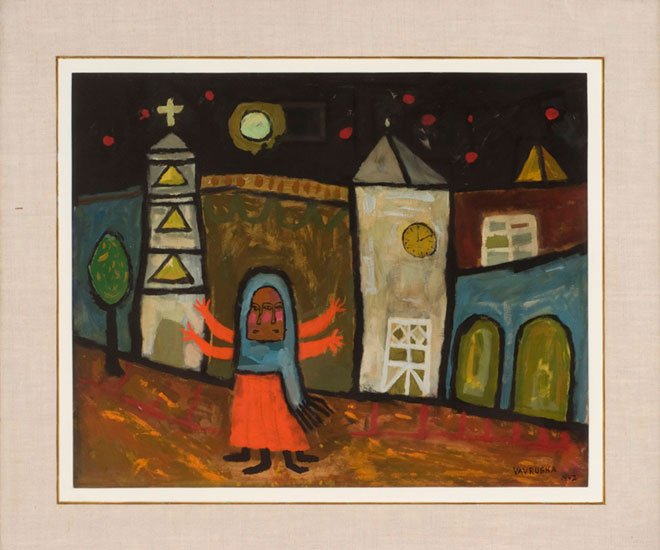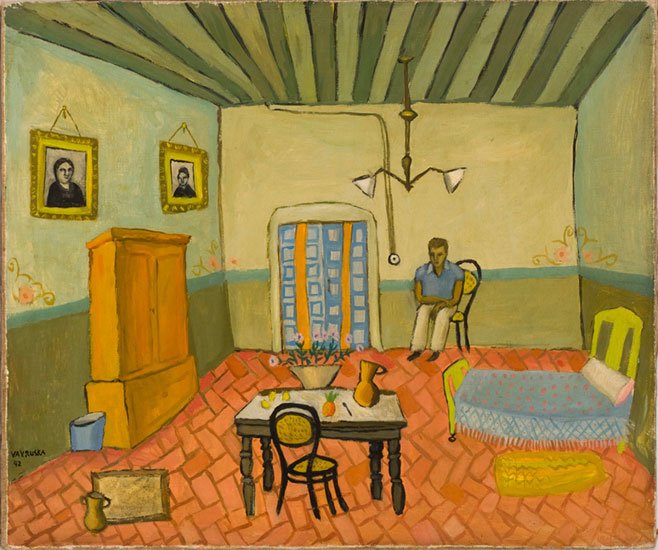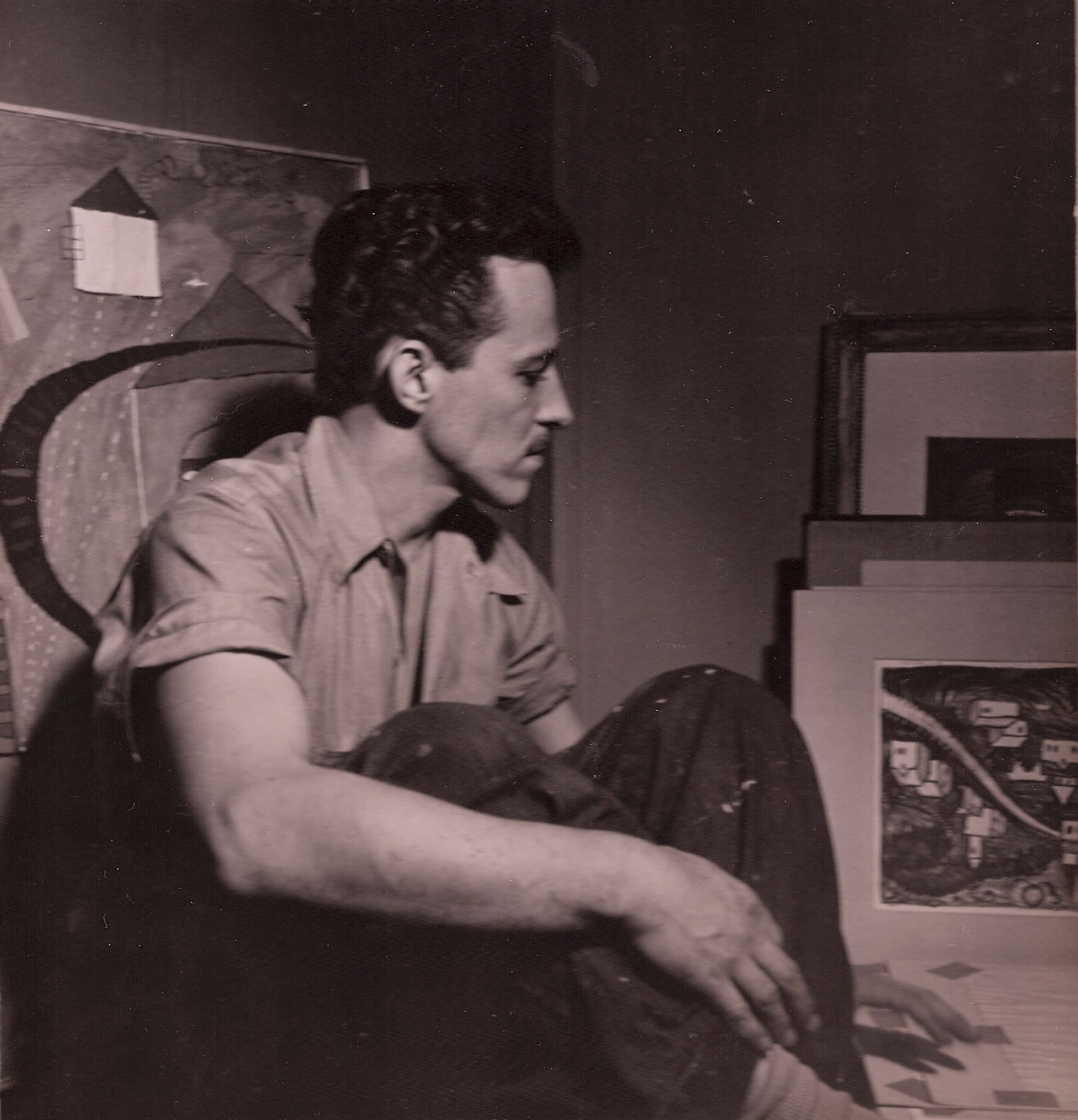Frank Vavruska
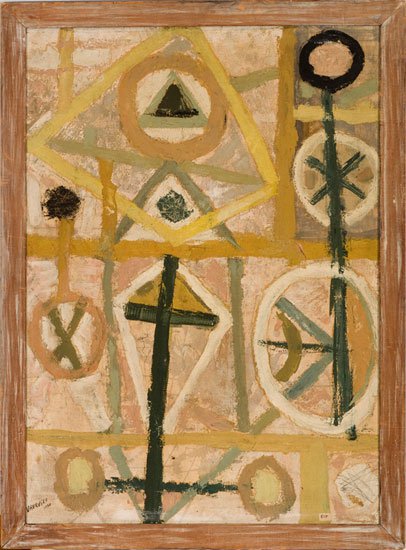
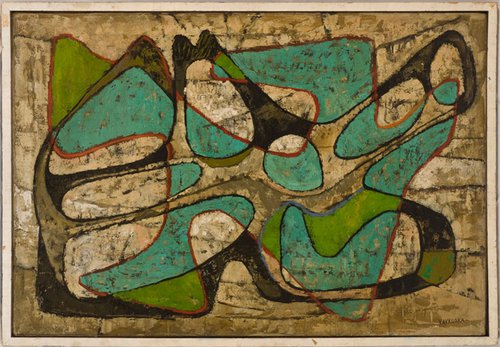

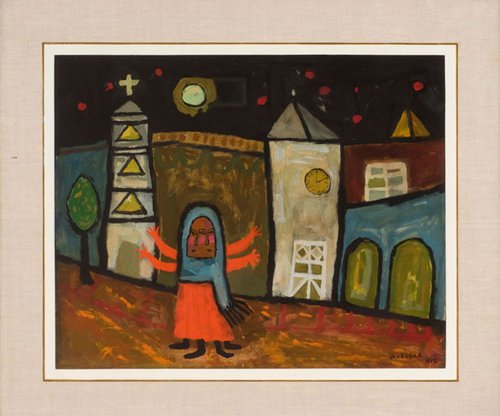
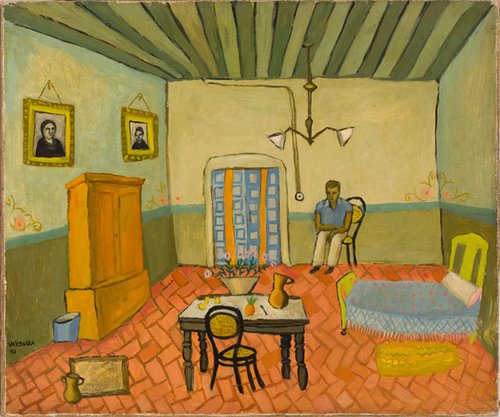
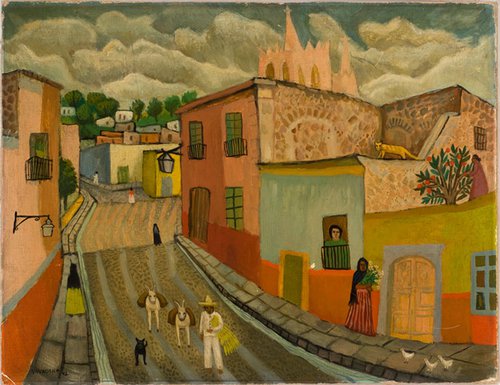

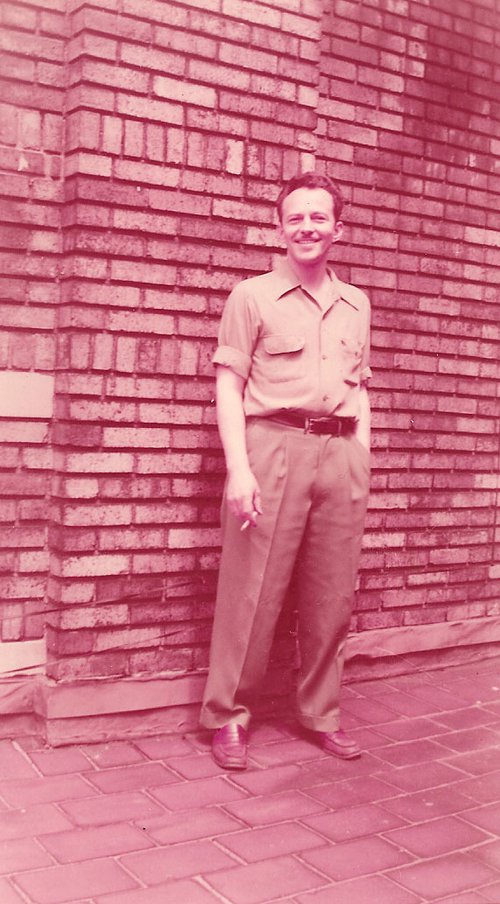
BIO
b. 1917 – d. 1974
Frank Vavruska was born in Antigo, Wisconsin, to Czech parents. He studied art at University of Wisconsin (1935-38) and the Art Institute of Chicago (1938-41), where he took a BFA and was awarded the Ryerson Traveling Fellowship, which enabled him to paint and travel in Mexico (1941-42, again 1945-46). While hospitalized in England in the US Army during WWII, Vavruska produced many paintings which were the basis for a Guggenheim Fellowship in 1945. In 1948, a painting of his was selected for the important Abstraction & Surrealism in American Art exhibition at the Art Institute, and the painting was reproduced in the show’s catalog. Vavruska worked for two years in the Yucatan Peninsula, was commissioned to make a mural for the Archeological Museum in Campeche, and developed an avid interest in the archeological richness of the region. The artist lived in Europe for six years, mainly in southern France, and he traveled in North Africa, Italy, Paris, and spent a year in London.
In the late ’40s, his work began to shift from the expressionist figurative basis it initially had towards a purer form of abstraction, and his work from the early ’50s bears some resemblance to the work of COBRA artists of Northern Europe, some of which he may have seen at the time. These rough abstract paintings were part of exhibitions at the Metropolitan (American Painting Today, 1950), Pennsylvania Academy of Fine Arts (1957), Madison Square Garden (Art U.S.A., 1958), and elsewhere. In the ’60s, inspired by rubbings he had made of landmark archeological sites in Mexico, Vavruska began to make paintings based on rubbings of Chicago manhole covers, which the press dubbed “sewerrealism.”
My greatest visual pleasure is watching that distant point where the sea and sky divide or come together to form the horizon, a straight line. A straight line can be many things, thick or thin, black or white or scale the prismatic gamut, it can be perpendicular, diagonal, the rays of the sun or a bird in flight, the falling rain, the sound of a song (or as a man thinks?), it can be composed of dots, spots, crosses, squares, stones, waves, stars, motions, emotions, infinity and eternity. That straight line the horizon, is a circle. —Frank Vavruska, 1958
Exhibitions
- Frank Vavruska The Horizon is a Circle July 11 - August 23, 2008
- Nineteen Sixty-Six: Jack Beal, Jim Nutt, Seymour Rosofsky July 11 - August 23, 2008
- New Acquisitions & Gallery Artists with Susan Frankel in the East Wing January 13 - February 12, 2006



